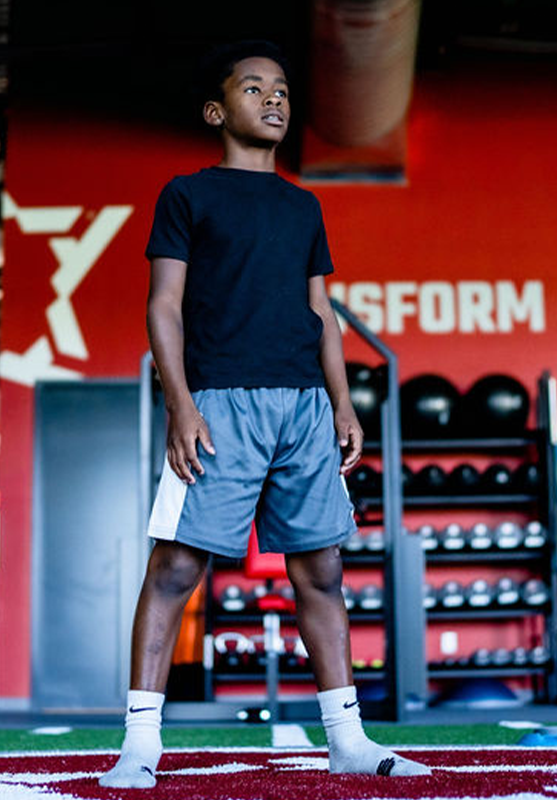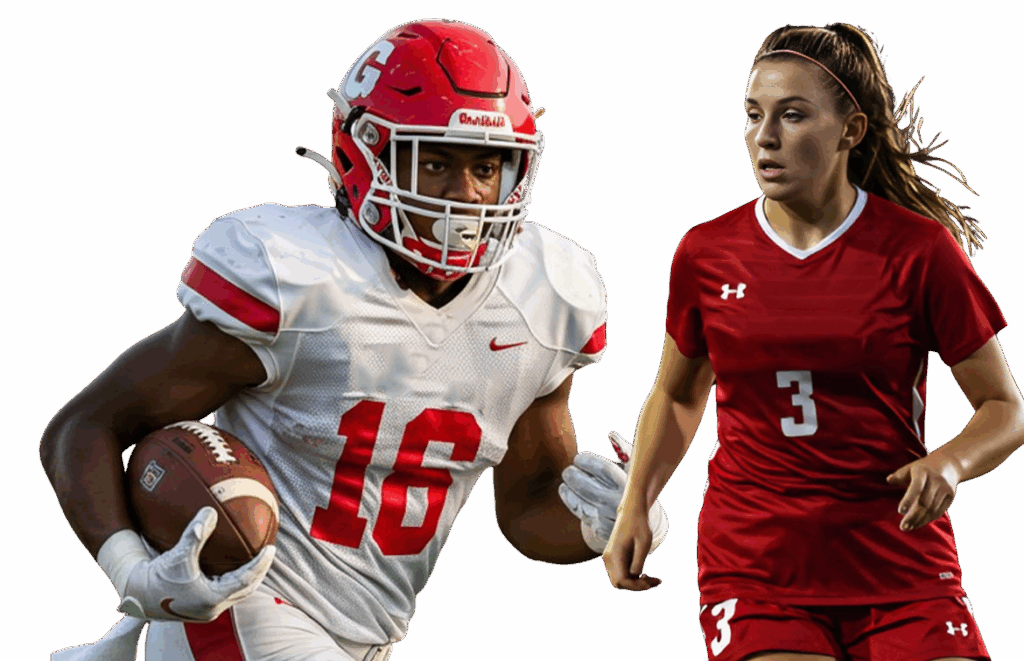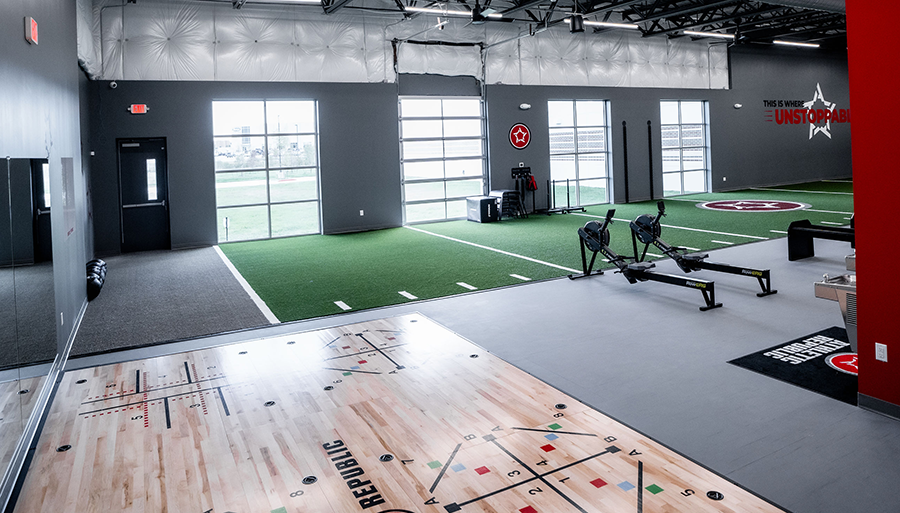
In-Season Sports Performance Training for Fall Athletes
In-Season Sports Performance Training for Fall Athletes

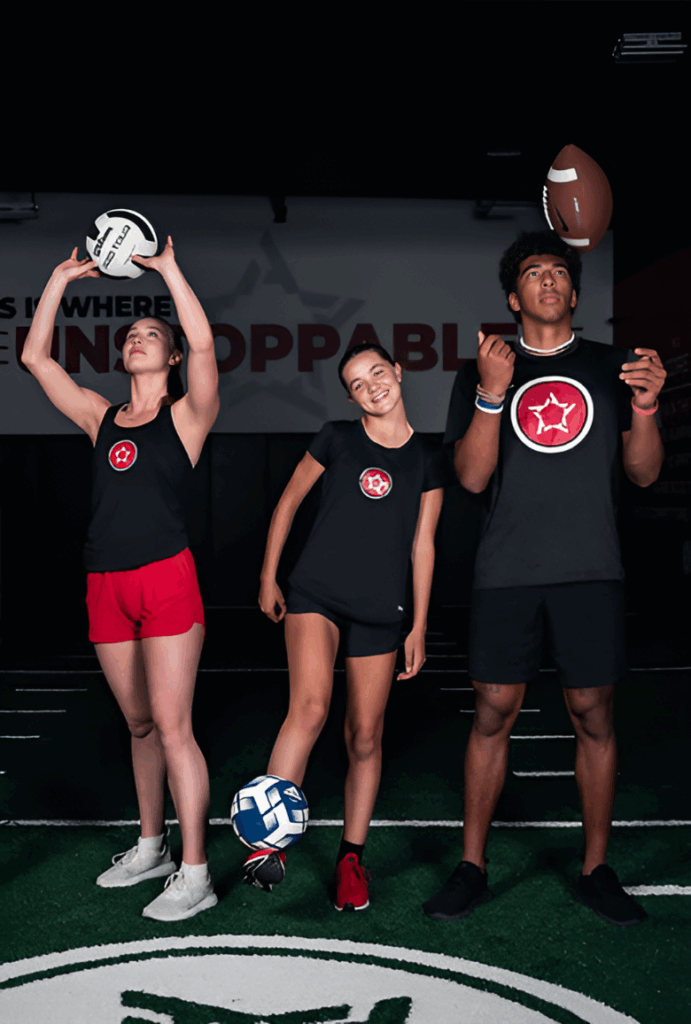
The competitive season begins, and the student-athlete appears to be at the peak of their abilities. They are faster, more powerful, and more confident than ever before, a testament to a dedicated off-season training regimen.
However, as the season progresses into its middle weeks, a subtle but significant shift often occurs.
The explosive first step loses its immediacy, reactions are a fraction of a second slower, and a visible layer of fatigue sets in.
This phenomenon is not a reflection of diminished effort or waning motivation; it is a predictable physiological consequence of a gap in the typical athlete’s training schedule.
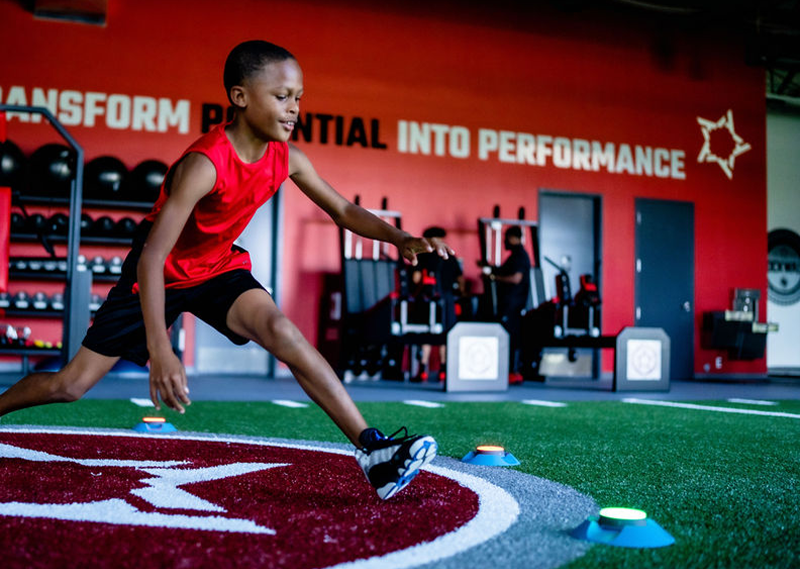
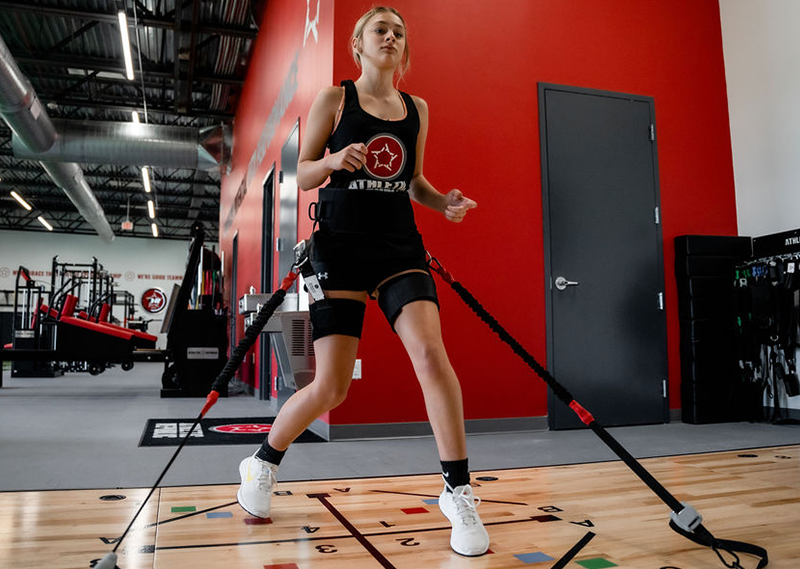
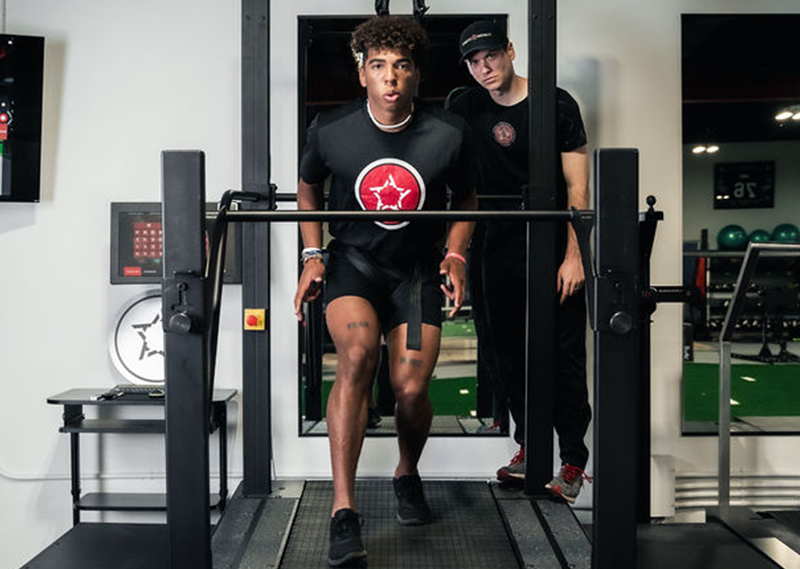

“Wow, this place is a teen athlete’s dream come true! Not only is it sparkling clean, but the training in incredible. The trainers all have very impressive backgrounds and education, and care so much about each athlete. They track your progress and have written plans on what you will be doing each day so no time is wasted.”
– KD
via Google Reviews
“Being competitive athletes requires speed/agility/strength supplementary programs the kind Athletic Republic offers, and I would highly recommend them and their training staff.”
– Conny W.
via Google Reviews
The Three-Coach Team: Identifying the Missing Link in Athlete Development
The Three-Coach Team: Identifying the Missing Link in Athlete Development
A truly well-rounded and high-performing student athlete benefits from a synergistic team of coaches, each specializing in a distinct yet complementary aspect of athletic development. Understanding these roles is crucial for parents aiming to provide their child with the comprehensive support needed to excel.
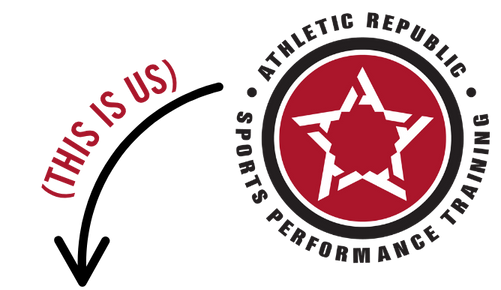
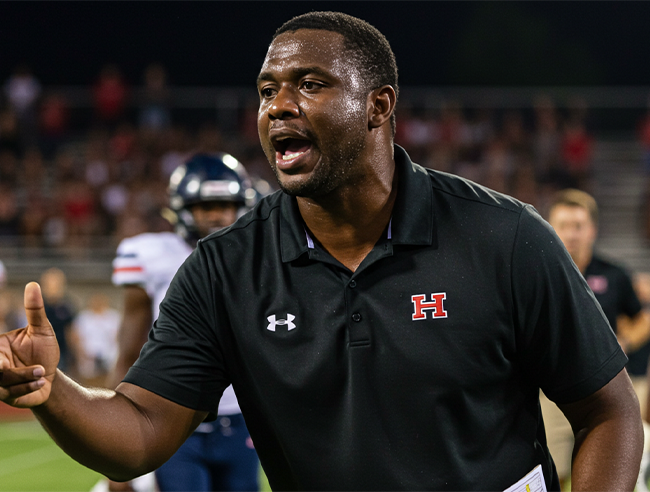
(not us)
The Head Coach
This individual is the master strategist, responsible for game plans, team dynamics, and the overall tactical execution of the sport. They teach the X’s and O’s that lead to collective success on the field, court, or track. They hold try-outs, set schedules, manage practice, teach the playbook and develop game-by-game.
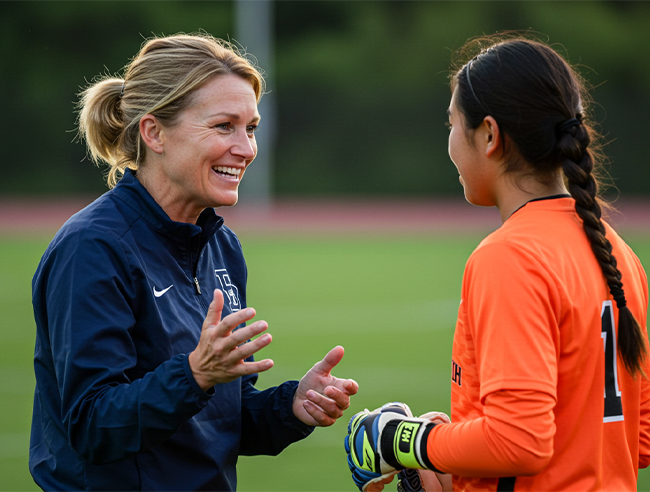
(not us)
The Skills Coach
This individual is the technical expert, dedicated to honing an athlete’s individual abilities. They refine the precise mechanics of a quarterback’s throw, a soccer player’s shot, or a volleyball player’s serve. Their focus is on the granular details of sport-specific movements.
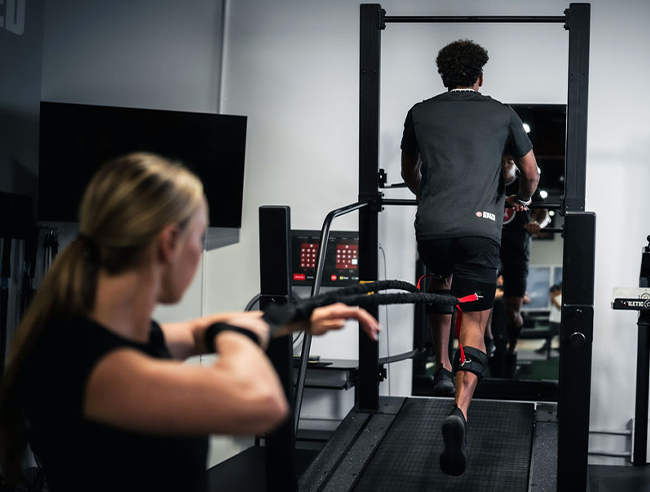

(we are)
The Performance Trainer
The performance trainer is not focused on game strategy or specific skill mechanics, but on building the physical engine that powers all athletic actions. This role is dedicated to the scientific development of the foundational attributes—speed, power, agility, and stamina—that allow an athlete’s skills to be executed at the highest level, under the pressures of competition. While the team coach directs the car and the skills coach refines its handling, the performance trainer builds the engine. The absence of this specialist is the primary reason why so many athletes experience a decline in performance as the season wears on.
Your Sport, Your Advantage: Translating In-Season Training into On-Field Dominance
Your Sport, Your Advantage: Translating In-Season Training into On-Field Dominance
The principles of in-season performance training are universal, but their application yields distinct, game-changing advantages specific to the demands of each sport. By targeting the precise physical attributes that lead to success, a tailored program can directly translate work in the training center to dominant moments on the field or court.

⚽ Soccer Players
For soccer players, the difference between good and great often comes down to sustained speed and the ability to repeatedly change direction at high velocity, especially late in a match. In-season training at Athletic Republic is specifically designed to improve a player’s “faster first step,” their capacity to “change direction quicker,” and the stamina required to perform as effectively in the 85th minute as in the 5th.
Neuromuscular training on proprietary equipment like the Super Treadmill improves linear acceleration, while drills on the Plyo Floor enhance the multi-directional agility needed to evade defenders and create scoring opportunities. Studies on collegiate soccer players have confirmed that a properly structured in-season strength program can maintain or even increase key performance markers like vertical jump height and power output, directly combating the effects of detraining
🏈 Football Players
In-season training is critical for building and maintaining the force needed to maintain top-end speed, break tackles, control the line of scrimmage, and endure the physical toll of the game. The Athletic Republic system utilizes equipment like the Super Treadmill, Plyo Press and Pro Multi-Hip machine to stay fast and safely develop explosive power originating from the hips and core—the foundation of all powerful football movements.
Research and best practices show that a low-volume, high-intensity strength program during the season is essential for maintaining strength levels for the playoffs, when physical dominance is paramount. This approach not only enhances performance but also improves an athlete’s physical durability and resilience against the high-speed impacts inherent in the sport.
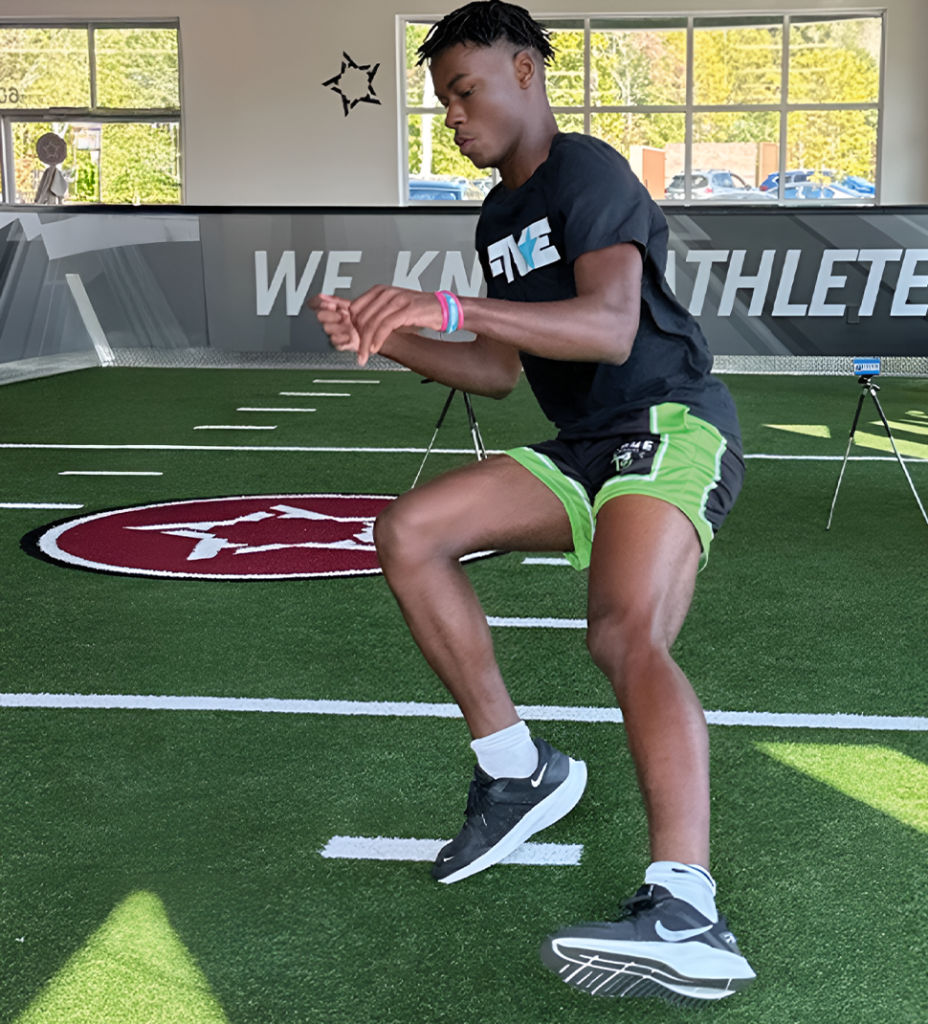
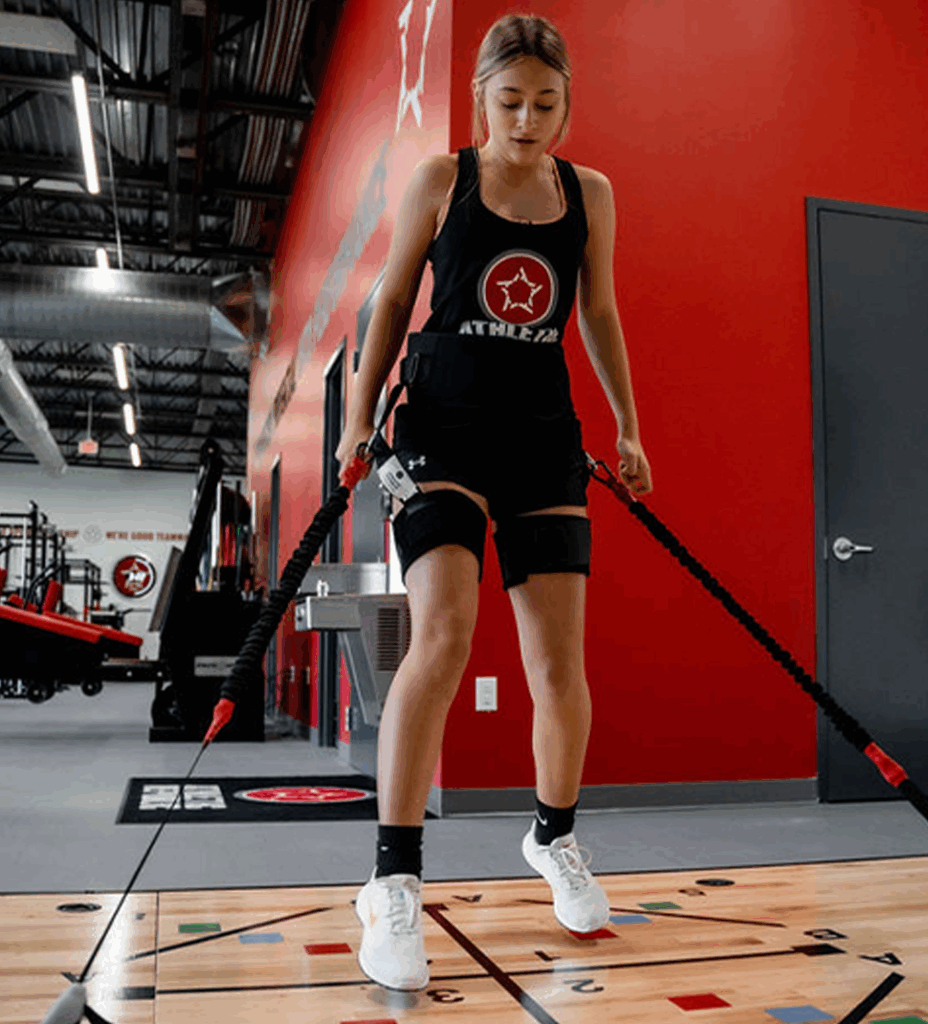
🏐 Volleyball Players
Volleyball is a sport of vertical power and lightning-fast lateral movement. A player’s ability to consistently jump high for spikes and blocks, and to move quickly across the court for digs, is central to their success. As a long season or tournament wears on, fatigue can diminish both vertical leap and lateral quickness.
In-season training directly maintains fitness and conditioning. Plyometric training, utilizing tools like the Plyo Press and specific jump protocols, is designed to build and maintain explosive vertical power. At the same time, agility drills, often incorporating cord-based resistance, enhance the rapid, multi-directional footwork required for elite court coverage. Furthermore, a comprehensive program strengthens the shoulder and core, creating a more stable base for powerful hitting and serving while reducing the risk of common shoulder injuries.
👟 Cross Country Runners
Success in cross country running depends on three key factors: injury resilience, running economy and stamina. Using the “engine and chassis” analogy, daily running practice builds the athlete’s aerobic engine, but performance training builds a stronger, more durable chassis—the bones, muscles, and connective tissues that must withstand thousands of repetitive impacts.
Speed is a skill that can be taught and developed. Athletes get faster by refining the key attributes of running mechanics: power production, braking forces, ground contact time, stride length, stride frequency, right and left leg symmetry, and stamina. By optimizing each of these areas, we are able to increase an athlete’s acceleration, top-end, and sustainable speed. This focus on running mechanics is also the most effective way to prevent the overuse injuries that frequently derail a runner’s season.
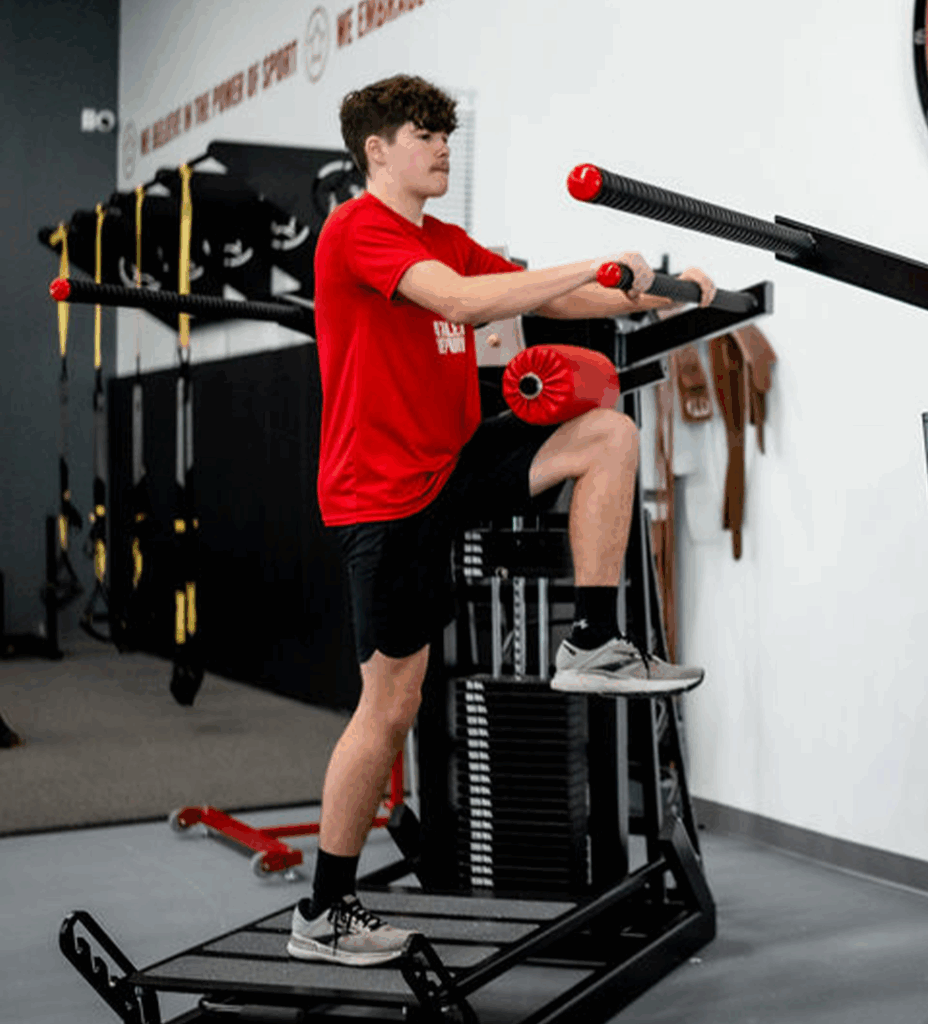

Athletic Republic is an official partner of USA Lacrosse.
🥍 Lacrosse Players
Lacrosse demands a unique combination of first step quickness, multi-directional agility, and explosive power to create scoring opportunities, and explosive power for shooting and checking. Plus the coordination, stamina, and strength to prevail on defense. Without consistent, targeted training, these attributes can fade over a long season. Our in-season training program is designed to maintain and even increase an athlete’s speed, power, and strength with low-volume, high-focus workouts once a week.
One of the training principles we apply to improve force, power, speed, reaction time and sensory skills is Contrast Training. Where we apply an external load during a movement or skill, followed by the same movement without the load. This produces a phenomenon known as post-activation potentiation (PAP) in which the additional muscle fibers that are activated to improve performance and reduce injury risk.
Athlete Development On and Off the Field
Athlete Development On and Off the Field
In partnership with the Ballistics Group, Athletic Republic has recently introduced a Player Development program for middle school and high school athletes. Get a free, no-cost, digital assessment to evaluate your student athlete’s understanding of critical life skills and their role as an athlete beyond the field of play.
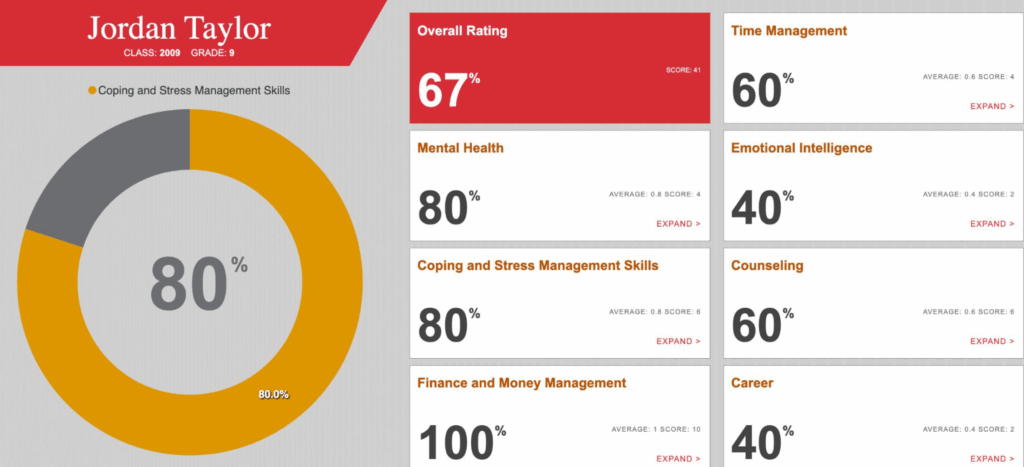
(example assessment)
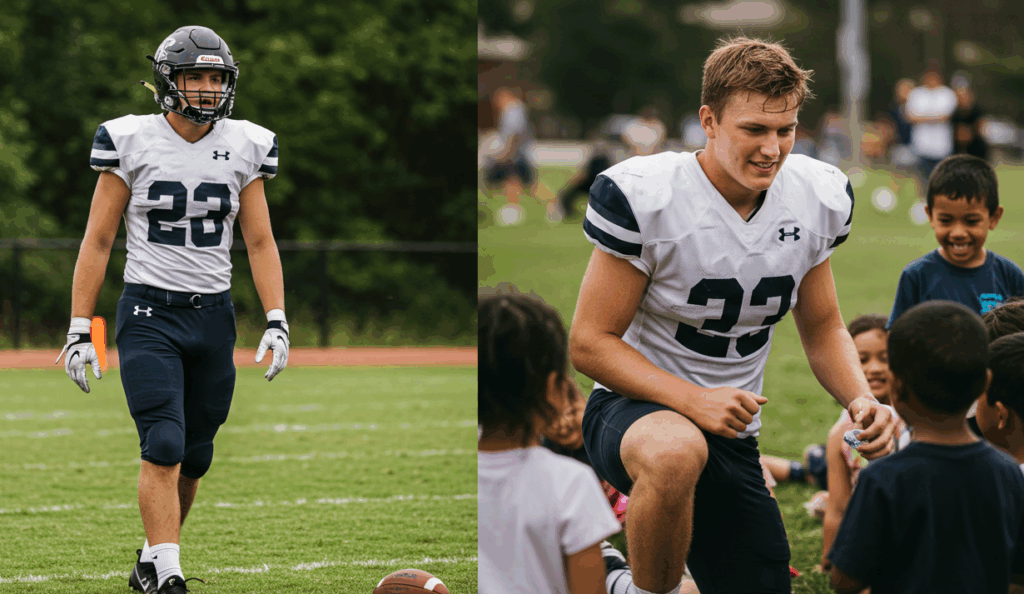
The In-Season Solution: Be All Season Strong
The antidote to the mid-season slump and the key to unlocking an athlete’s full potential throughout the entire competitive calendar is a structured, science-based, in-season training program. This approach is not about adding exhaustive volume or creating more fatigue. Instead, it is about applying a “minimal effective dose” of training—precisely calibrated, low-volume, high-intensity workouts designed to maintain and even enhance physical capabilities without compromising recovery or on-field performance. Just one to two targeted sessions per week can make the difference between fading in the playoffs and dominating the championship.

Maintain the Edge and Win the Fourth Quarter
A core principle of athletic adaptation is progressive overload. When an athlete trains, their body experiences stimuli of varying force, velocities and time spans. This causes an adaptation specific to the type of training they undergo. Over time, the body adapts to these varying loads and begins to increase its ability to perform as long as proper recovery is allowed. However, many athletes remove themselves from regular training all together when their competitive season begins. This begins a process of detraining which often leads to decreases in performance in later parts of the season and potential injury.
Athletes who neglect performance training during the season will see their baseline progressively decline. Consequently, they must spend a significant portion of the following off-season simply trying to regain the physical qualities they lost. In contrast, an athlete who participates in a structured in-season program maintains their elevated baseline. This provides a profound long-term advantage; their next off-season begins from a much higher starting point, allowing for compounding gains year after year. This transforms in-season training from a purely defensive measure (“maintenance”) into a powerful offensive strategy for long-term athletic development.
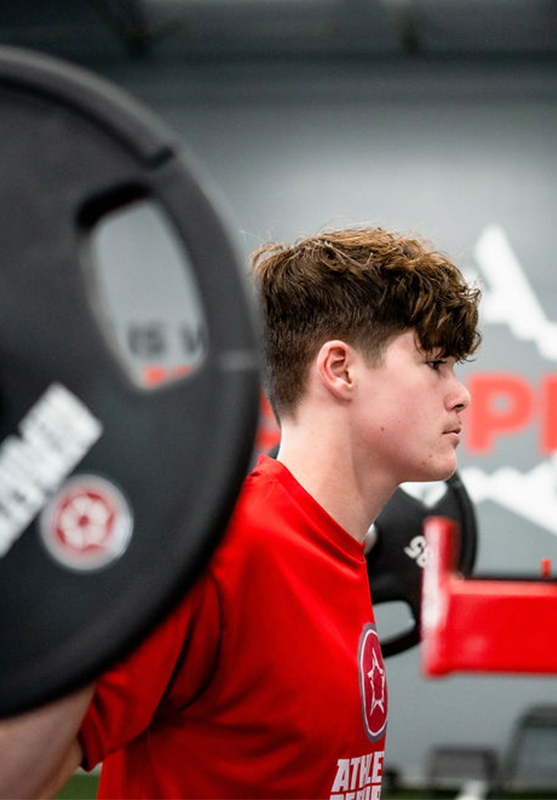
Become a More Resilient, Injury-Proof Athlete
Addressing the risk of injury is a primary concern for any parent of a student-athlete. The repetitive movements and high physical demands of a single sport inevitably create muscular imbalances and place specific stresses on the body. A well-designed in-season training program acts as an active, strategic counter-balance to these forces.
By strengthening muscles, tendons, and ligaments, these programs enhance joint stability and correct biomechanical inefficiencies that can lead to injury. Research has demonstrated that structured strength and conditioning can significantly reduce the incidence of non-contact injuries. This type of training specifically targets often-overlooked but critical muscle groups, such as the hips and core, which are fundamental to generating power and maintaining stability across all sports. This proactive approach to health makes in-season training an indispensable component of a comprehensive injury prevention strategy.
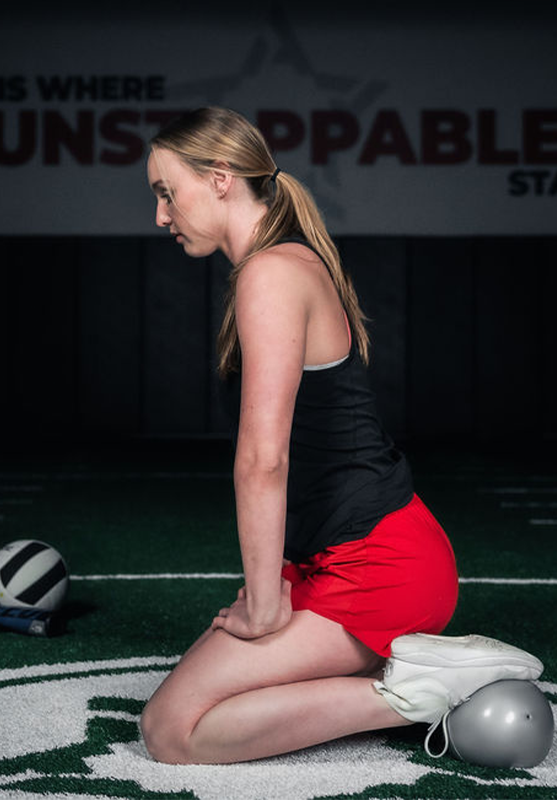
Manage Fatigue and Prevent Burnout
There is a direct link between physical decline and mental burnout. When athletes feel their physical capabilities diminishing—when they can no longer perform the explosive movements they could at the start of the season—their confidence, enjoyment, and motivation can plummet. Burnout is often the result of excessive, unvaried stress combined with inadequate recovery.
In-season performance training helps manage the cumulative stress of a long season by providing a different physiological stimulus than practices and games, which can prevent mental staleness. Furthermore, effective programs are “auto-regulated,” meaning the intensity and volume are adjusted based on the athlete’s competition schedule and how they are feeling on a given day. This intelligent approach, which integrates recovery protocols, is a key strategy for preventing overtraining syndrome and ensuring the athlete remains physically and mentally fresh.
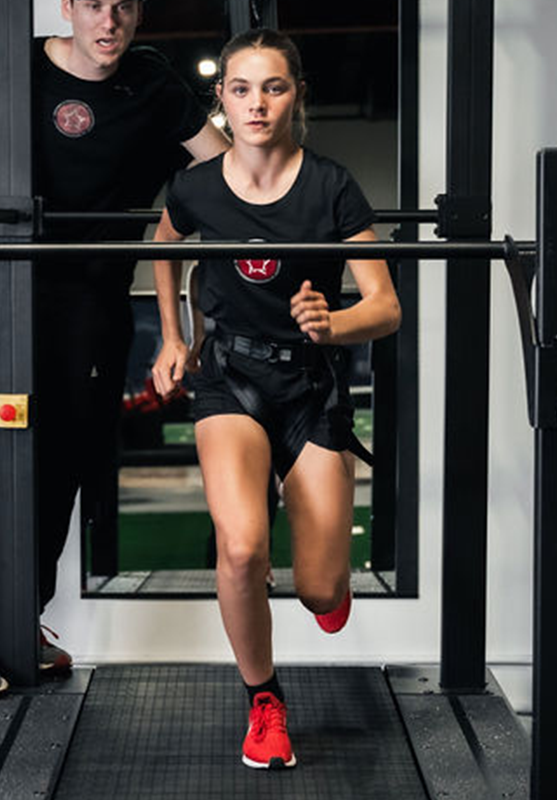
Forge Unbreakable Confidence
Confidence in athletics is not merely a psychological state; it is forged through tangible, physical preparedness. When an athlete knows, based on objective data and their own physical sensations, that they are maintaining or even gaining speed and power while their opponents are fading, they develop a profound psychological edge.
Testimonials from athletes consistently link this type of science-based training to a significant rise in on-field confidence. This mental fortitude, born from the certainty of physical superiority, is often the deciding factor in high-pressure competitive moments.
